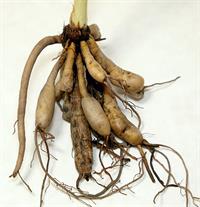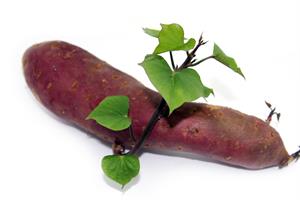
PUMPA - SMART LEARNING
எங்கள் ஆசிரியர்களுடன் 1-ஆன்-1 ஆலோசனை நேரத்தைப் பெறுங்கள். டாப்பர் ஆவதற்கு நாங்கள் பயிற்சி அளிப்போம்
Book Free DemoWhat is vegetative reproduction?
It is a type of reproduction in which new plantlets are formed from the plants somatic or vegetative cells, buds, and organs.
Characteristics:
- In this type, the vegetative parts such as roots, stems and leaves develop into new plants under appropriate conditions.
- Meiotic divisions are absent, and only mitotic divisions are present because it does not include the fusion of gametes.
- Genetically, the daughter plants are identical to the parent plant.
Types of vegetative propagation:
Based on their modes vegetative propagation is of two types: Natural and artificial.
Natural vegetative propagation:
In this method, the plant's vegetative propagules or somatic parts detach from the parent body and develop as a new plant.
Some of them are as follows:
1. Root tubers:
- The roots of some plants serve as a storage organ by becoming swollen. Such type of roots are known as tuberous roots. These roots along with storage also act as vegetative propagative units.

Tuberous roots in Hem
- Tap roots and adventitious roots take part in vegetative propagation.
- In plants like sweet potato, dahlia, blackberry etc., a new plant develops through tuberous, adventitious roots (a storage organ).
- These structures lack nodes, internodes, or scale leaves or axillary buds. They contain only adventitious buds.
- The adventitious buds develop at the base of the stem and give rise to new shoots.

Vegetative reproduction by roots in sweet potato
- There are buds present on these modified storage roots that can grow above the ground, and a new plant is formed.
- In plants like Dalbergia (Sheesham), guava, Albizia and Murraya tap roots develop adventitious buds to form new plants.
Reference:
https://commons.wikimedia.org/wiki/File:Hem_Root.jpg